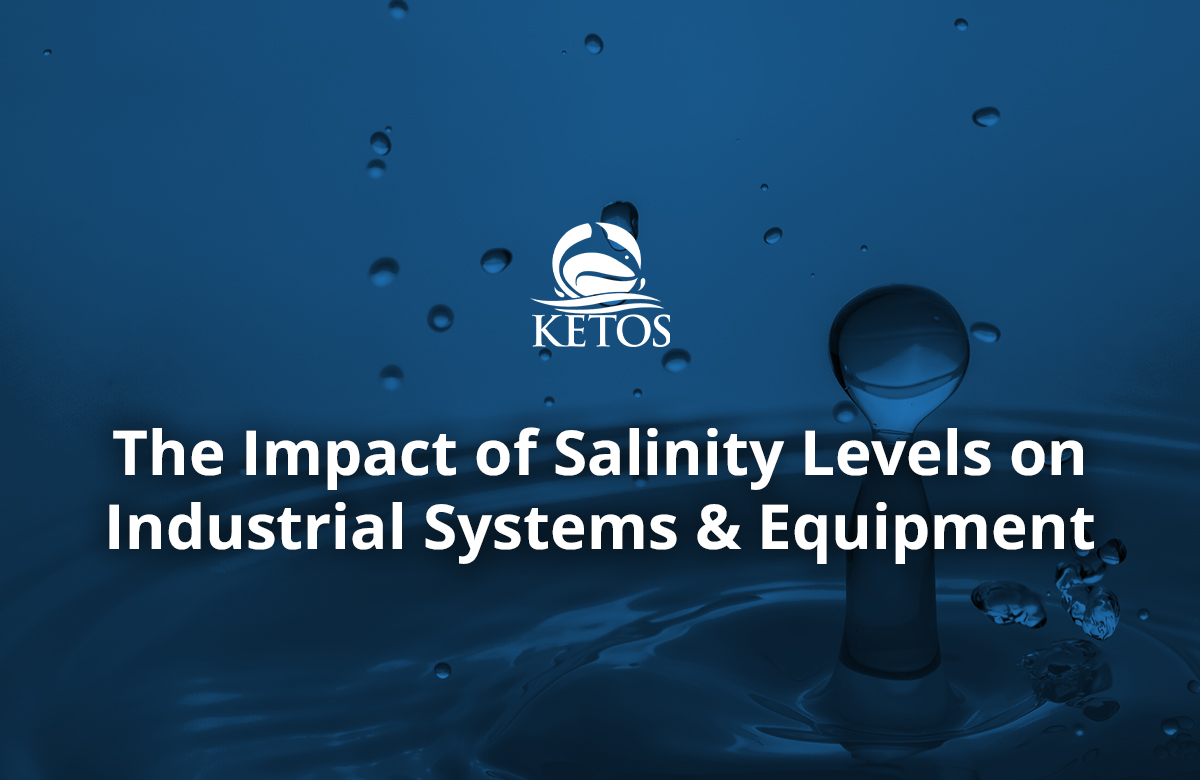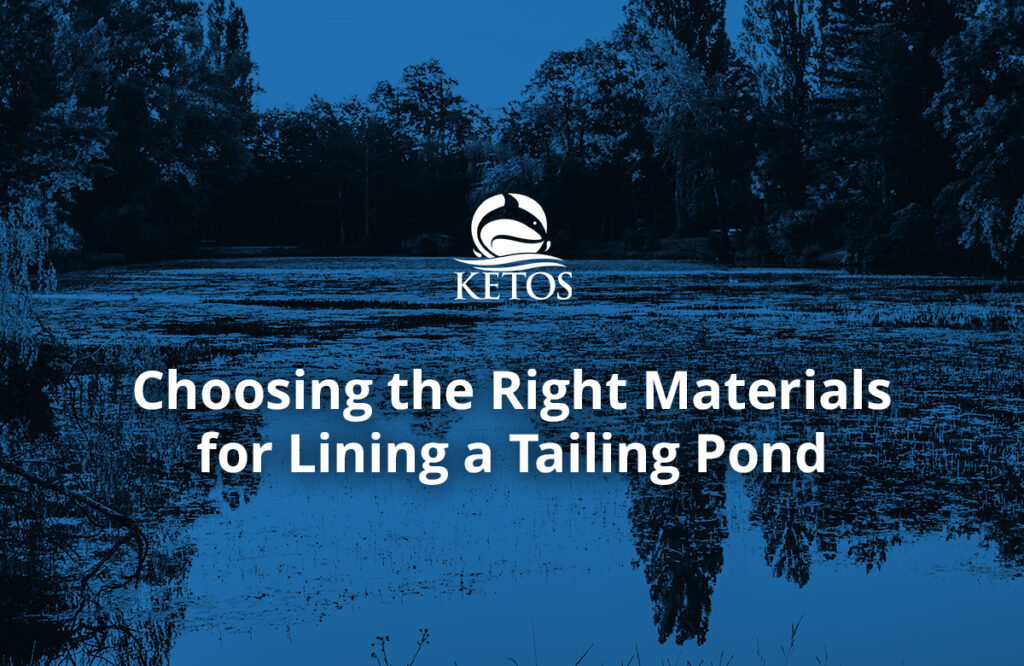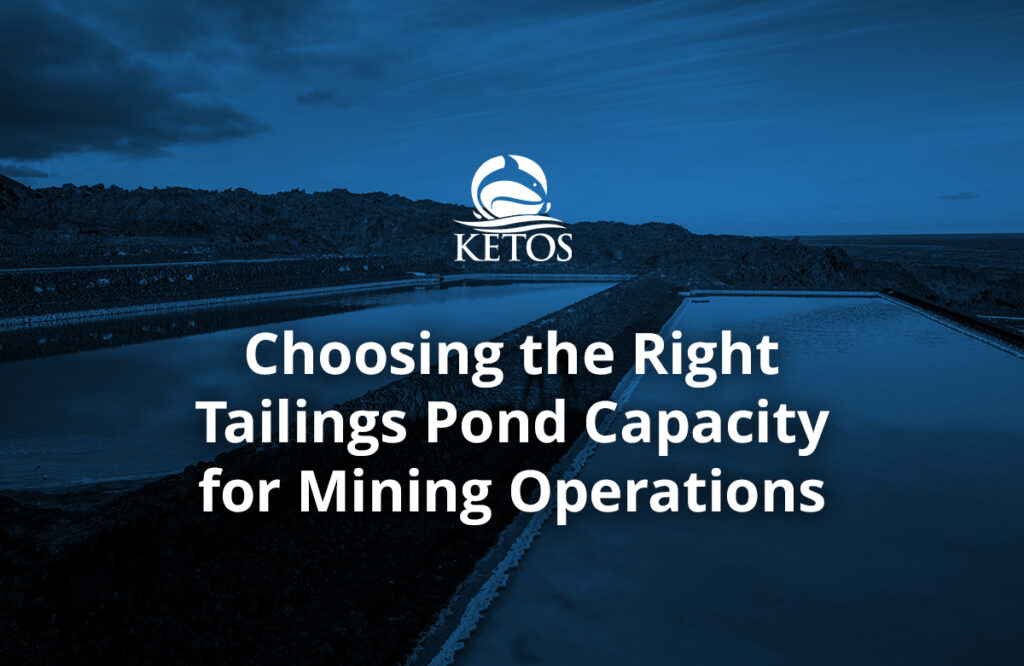Salinity is one of the most critical but often overlooked water quality parameters in industrial operations. It measures the concentration of dissolved salts in water, including sodium, chloride, magnesium, and calcium. High or unstable salinity levels can directly affect process efficiency, equipment life span, and regulatory compliance across multiple sectors such as power generation, manufacturing, food processing, and oil refining.
Knowing the salt content is essential for facilities that rely on water for cooling, processing, or cleaning. Salinity testing provides real-time insight into potential corrosion risks, scale formation, and chemical reaction rates, making it an important metric for maintaining system health and preventing costly downtime.
Why Salinity Testing Matters Across Industrial Environments
Salts dissolve easily in water, especially in coastal or groundwater-fed systems. A recent study by Frontiers in Water confirms that rising sea levels are driving saltwater intrusion into groundwater supplies, increasing baseline salinity across large regions. As salts accumulate, they impact physical and chemical properties, changing how water behaves inside pipes, boilers, tanks, and filtration systems.
In industries where water plays a role in production, even minor shifts in salinity can result in significant changes in performance and quality. Some of the most affected areas include:
- Cooling towers: Elevated salinity can accelerate corrosion and fouling, reducing heat transfer efficiency.
- Boilers: Salt content raises conductivity, increasing the risk of scaling, foaming, and overheating.
- RO and filtration units: High salinity reduces membrane life and raises pressure requirements.
- Food and beverage processing: Water quality must be tightly controlled to ensure product consistency and safety.
How Salinity is Measured and Interpreted
Salinity is typically expressed in parts per million (ppm), parts per thousand (ppt), or microsiemens per centimeter (µS/cm) when referencing conductivity. While conductivity is not a direct measurement of salt concentration, it is often used as a proxy due to its correlation with total dissolved solids (TDS).
There are three common methods for salinity testing:
- Gravimetric analysis: This measurement involves evaporating a water sample and weighing the remaining salts.
- Conductivity testing: This method measures electrical current flow to estimate ion concentration.
- Sensor-based monitoring: By using inline probes or automated platforms, sensor-based monitoring delivers real-time data.
Automated sensor systems offer a significant advantage for industrial sites by providing continuous data and reducing the need for manual sampling or lab work.
Typical Salinity Ranges in Industrial Applications
Acceptable salinity levels vary widely depending on the use case. Here’s a simplified guide to reference ranges in industrial systems:
| Application | Typical Salinity Range | Potential Impact if Exceeded |
| Cooling Water Systems | 200–1,500 ppm | Corrosion, biofouling, scaling |
| Boiler Feed Water | Under 50 ppm | Scale buildup, reduced efficiency |
| RO Membrane Systems | Under 500 ppm | Membrane fouling, pressure loss |
| Food & Beverage Production | 10–500 ppm | Product inconsistency, taste variation |
| Pharmaceutical & Electronics | Less than 10 ppm | Contamination, quality failure |
Water Salinity Impact on Equipment and Infrastructure
Salt in water significantly affects how it interacts with metals, coatings, polymers, and seals. Over time, chloride ions and other compounds contribute to localized corrosion, cracking, and pitting in pipelines and components.
- Accelerated corrosion: Salts weaken protective oxide layers and promote electrochemical reactions.
- Reduced efficiency: Scaling caused by salt precipitation lowers thermal transfer in heat exchangers and boilers.
- Increased downtime: Corroded parts fail more often, requiring maintenance or replacement.
- Process disruption: Changes in salinity can alter pH and chemical dosing needs.
Stanford researchers have predicted new biological and mechanical limits due to rising salinity, highlighting the need for proactive control.
Environmental and Regulatory Considerations
Excess salt in effluent can damage aquatic ecosystems and affect soil productivity. Agencies like the EPA and local water authorities require strict monitoring of salinity and TDS. A study in the Science of the Total Environment outlines how urbanization and deicing have driven significant salt increases in both surface and groundwater supplies.
Failing to manage salinity can result in environmental violations, shutdowns, and brand risk. The Bay Journal reports that salt levels in U.S. drinking water are nearing tipping points in several regions, adding urgency to monitoring efforts.
Challenges of Manual and Intermittent Salinity Testing
Manual testing is still used in many facilities, but it lacks consistency. Salinity can change rapidly due to water source shifts, process changes, or contamination. Without continuous data, issues can go unnoticed until damage is done.
Fieldwork delays, staffing shortages, and high variability in water conditions further limit the effectiveness of occasional sampling. This makes it difficult for teams to connect salinity levels with real operational results or act in real time.
The Value of Real-Time Salinity Monitoring
Continuous monitoring improves response time and decision-making. Facilities can quickly detect unexpected spikes and adapt treatment programs accordingly. The benefits of continuous monitoring include:
- Early detection of salt contamination or system failures.
- Improved water treatment efficiency and chemical dosing.
- Reduced maintenance and system wear.
- Accurate, real-time compliance records.
- Comparative benchmarking across facilities.
According to Frontiers in Sustainable Food Systems, smart water practices are essential to reduce rejection rates and protect crops from salinity-induced damage, especially in agri-industrial operations.
Common Industries Affected by Water Salinity
Salinity affects any sector that relies on consistent water quality. Some of the most vulnerable include:
- Power generation: Cooling systems and turbines are exposed to fouling and scaling from salts.
- Food and beverage: Processing water must stay within specific ranges to ensure safety and taste.
- Textiles and chemicals: Salt levels impact dye stability, mixing, and reaction timing.
- Mining and metals: Closed-loop water systems often accumulate salts that must be controlled.
- Pharmaceuticals: Requires ultrapure water with minimal conductivity or ionic content.
How KETOS Helps Teams Monitor Salinity with Confidence
KETOS offers a fully automated, real-time water intelligence platform that includes salinity testing as part of its parameter suite. Using the KETOS SHIELD, operations teams can monitor salinity continuously with lab-accurate precision. There is no need for manual sampling or recalibration. KETOS offers:
- 24/7 monitoring with custom alerts and thresholds.
- Full integration with SCADA systems and APIs.
- Zero capital cost with an annual service model.
- Unlimited testing frequency and secure data storage.
- Predictive analytics that identify issues before they escalate.
Contact us today to schedule a live demo and see how KETOS helps protect your systems, processes, and compliance using real-time data you can trust.


